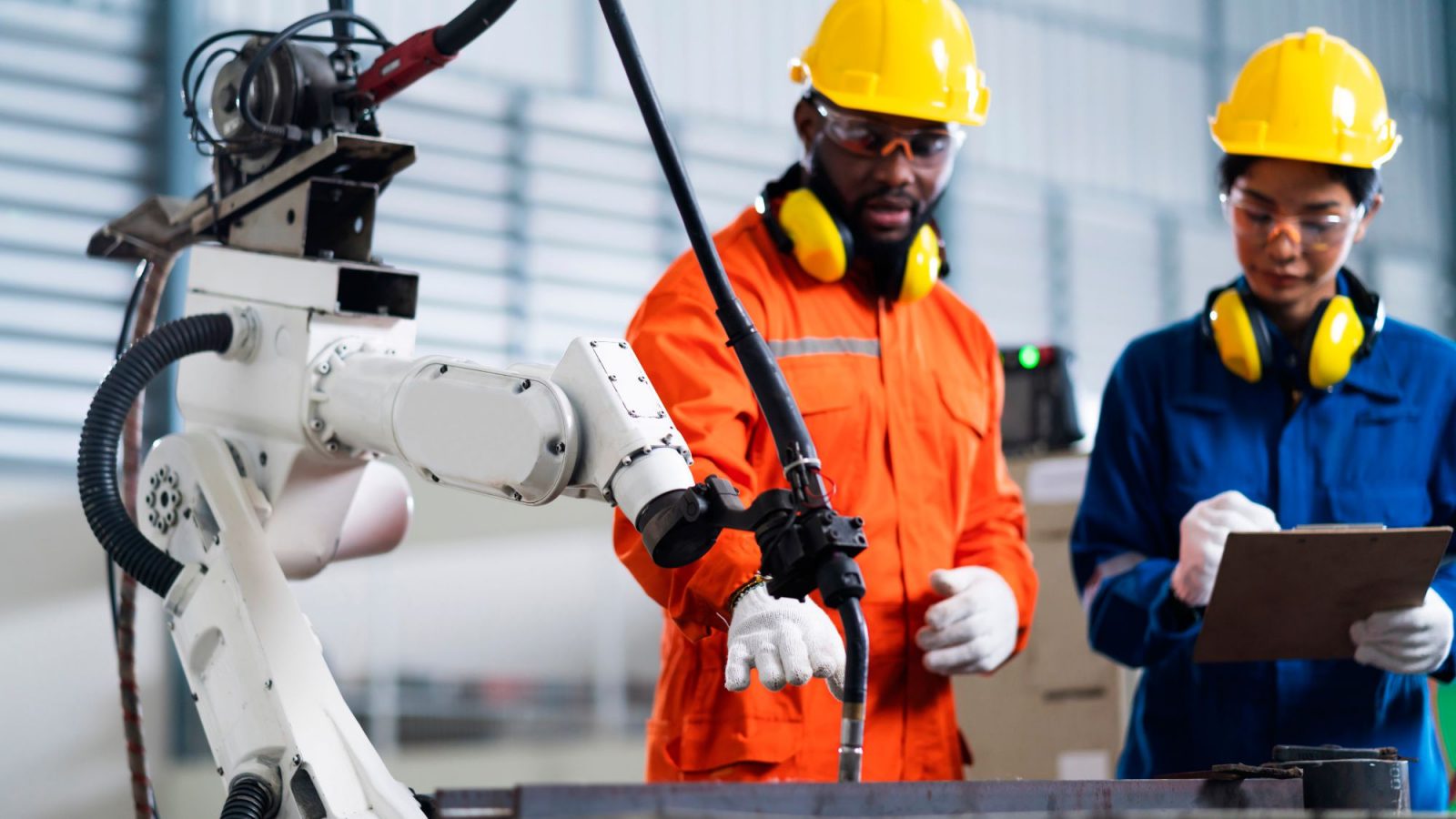Robotics implementation in manufacturing continues to increase, with more than half of manufacturers saying they now have 10 or more robots in operations.
Additionally, 57% of global manufacturers said the robots they are deploying are not displacing human workers but rather working alongside them to allow human laborers to perform more skilled, less-repetitive work.
“Our findings highlight that the majority of manufacturers are increasing automation with the goal of robots working alongside human co-workers rather than directly replacing them,” said Patrick Sobalvarro, CEO and co-founder of Veo Robotics. “We find that using robots increases the productivity and the value of human workers, freeing them to use their intelligence, judgment and dexterity in their work.”
The increase was driven by nonautomotive robotics, with those used in the metals industry up 40% year over year, plastics and rubber up 29%, semiconductors and /photonics up 23%, food and consumer goods up 21%, and life /biomed up 14%. All other industries saw a 56% rise in robot orders.
Veo found that 55% of global manufacturers boast 10 or more robots in their facilities and 32% use at least 30. Eleven percent have more than 100 in operation. Human-robot collaboration has increased for 6 out of 10 manufacturers in the past year and 1 in 3 said “reducing the cost and complexity of manufacturing” was one of their biggest challenges over the next six months to a year. However, this was still trailing the challenge of hiring and training skilled workers (37%) and supply-chain constraints (34%).
A vast majority of manufacturers (81%) said they deal with robot-led production slowdowns that require human-assisted solutions.
When it comes to robot interaction safety, 63% of respondents said they were at least “moderately satisfied” and 41% keep their robots in fully fenced areas. A little more than 20% said faults within their current robot workcell safeguarding methods cause production to shut down at least every couple of hours.
“Innovation being embraced within industrial processes is a great sign. But as the machine workforce evolves, so must the work environment,“ Sobalvarro said. “Modern manufacturing facilities and warehouses do not have the time to halt production in every situation where a human worker needs to enter a cage. A much more efficient and flexible safeguarding method is speed and separation monitoring (SSM), which enables workers to interact safely with robots without entering the caged work environment. With SSM, manufacturers can prioritize safety and productivity without sacrificing one for the other.”






